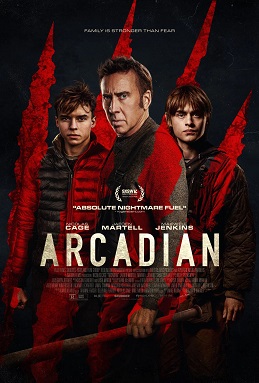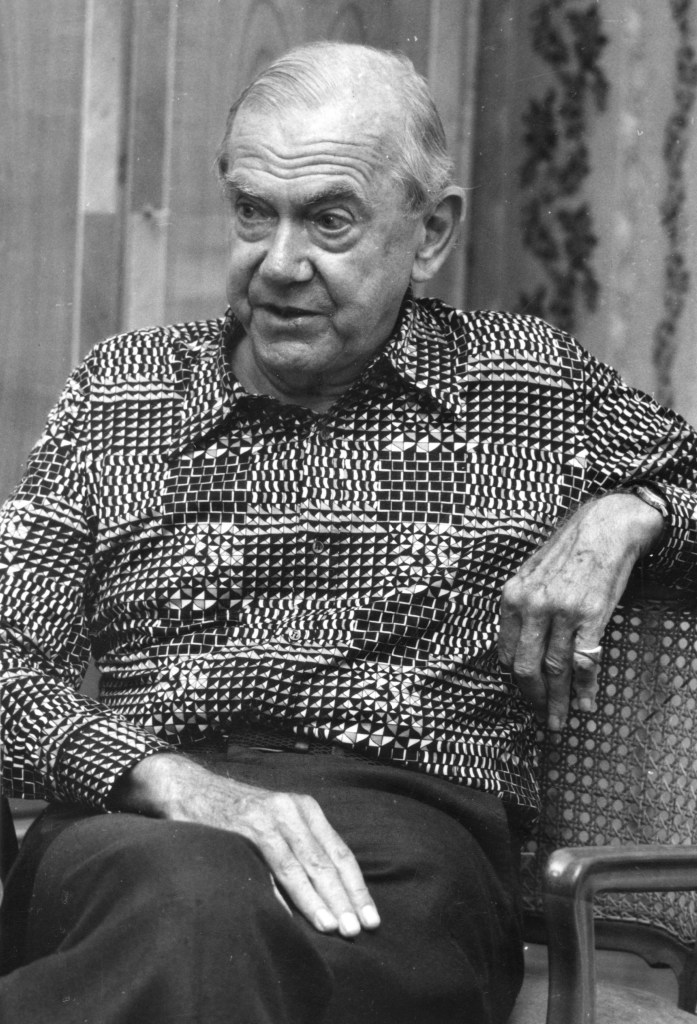The Good, The Bad, and The Ugly
Theaters: December 1966
Streaming: November 1997
Rated: R
Runtime: 177 minutes
Genre: Action – Adventure – Western
els: 9.0/10
IMDB: 8.9/10
Amazon: 4.7/5 stars
Rotten Tomatoes Critics: 8.8/10
Rotten Tomatoes Audience: 4.0/5
Metacritic Metascore: 90/100
Metacritic User Score: 9.1/10
Awards:
Directed by: Sergio Leone
Written by: Agenore Incrocci and Furio Scarpelli (screenplay), Luciano Vincenzoni and Sergio Leone (story and screenplay)
Music by: Ennio Morricone
Cast: Clint Eastwood, Lee Van Cleef, Eli Wallach
Film Locations: Spain and Italy
Budget: $1,200,000
Worldwide Box Office: $25,100,000
In 1862, 3 gunfighters, prowling the New Mexico Territory for easy money; the Good (Eastwood), the Bad (Van Cleef), and the Ugly (Wallach) hear tales of Confederate gold buried in a Civil War cemetery. Pairing up when convenient, going alone when it wasn’t, they set out for the golden grave at Sad Hill Cemetery but only the “Man with No Name” knows which grave. Their travels and adventures to the final resting place of Blue and Grey casualties leave a trail littered with the excesses of betrayal, brutality, deception, extortion, and death. Honor and friendship are vices that will get you killed, according few serviceable distinctions between the good, bad, and ugly.
The movie ties its tale around the events of the Confederate Army’s Civil War New Mexico Campaign in 1862. Confederate General Henry Sibley convinced the president of the southern slave states, Jefferson Davis, to invade the western states and territories from the east side of the Rockies and continue on to California. The goal was to capture the gold mines of the Colorado Territory, a major source of revenue for the Union’s war efforts, and the California ports. The ports would provide additional resupply bases for the Confederates or at a minimum require the Union Navy to divert scarce resources in attempting to blockade them. Sibley’s initial thrust, beginning in early 1862, came from Texas and continued up into New Mexico towards Santa Fe and Fort Union. The Confederates, initially successful, were eventually forced to retreat back into Texas, because Sibley’s already thin supply lines were destroyed. Skirmishes continued for another year but the South’s New Mexico campaign lasted less than 6 months and General Sibley was demoted to logistic details, ironically the major drawback of his southwest strategic, invasion planning.
Sergio Leone may not have invented Spaghetti Westerns but he certainly raised the genre to a high and profitable art form. As a director his credits are few, just 11 movies, but his 2 trilogies, Dollars and Once Upon a Time, were critical and financial successes. Leone, additionally, has screenplay credits for most of the movies he directed along with a second unit director credit for the 11 Oscar award-winning, 1959 film: Ben Hur. His trademark long view shots of uninviting background coupled with intense close-ups of emotion filled eyes gave his westerns a barefaced, grainy look of realism in a land of little opportunity except for those who created their own.
Ennio Morricone made his name and fortune composing the scores for Sergio Leone’s Dollars trilogy. Creating an iconic sound of wolves howling, punctuated with Indian drum beats portending events to come. None of the Dollars movies had a large budget to work with causing Morricone to creatively improvise, using ricocheting bullets, whips, and trumpets to fill in for the missing orchestra. His film scores eventually earned him an honorary Academy Award in 2007 and the Best Original Score Academy Award for the 2016 movie: The Hateful Eight.
Then there was Clint Eastwood. Initially reluctant to do the final movie in The Man with No Name trilogy, he agreed to it after Leone met his hefty financial demands, $250,000 plus 10% of the profits. In the mid-1960s these were demands that stars made, not the unknown Eastwood, who previously had just played bit parts in forgettable movies. Leone must have seen something in him though because A Fistful of Dollars, For a Few Dollars More, and The Good, The Bad, and The Ugly made Eastwood an international star. In these westerns Eastwood plays the part that he would reprise many more times throughout his career. That of a loner, willing to push morality and law to the limits and beyond, but showing compassion and tolerance when needed.
This movie should be on your “Must See in My Lifetime” list. If you have seen it, watch it again. A true masterpiece of writing, directing, cinematography, music and acting.










